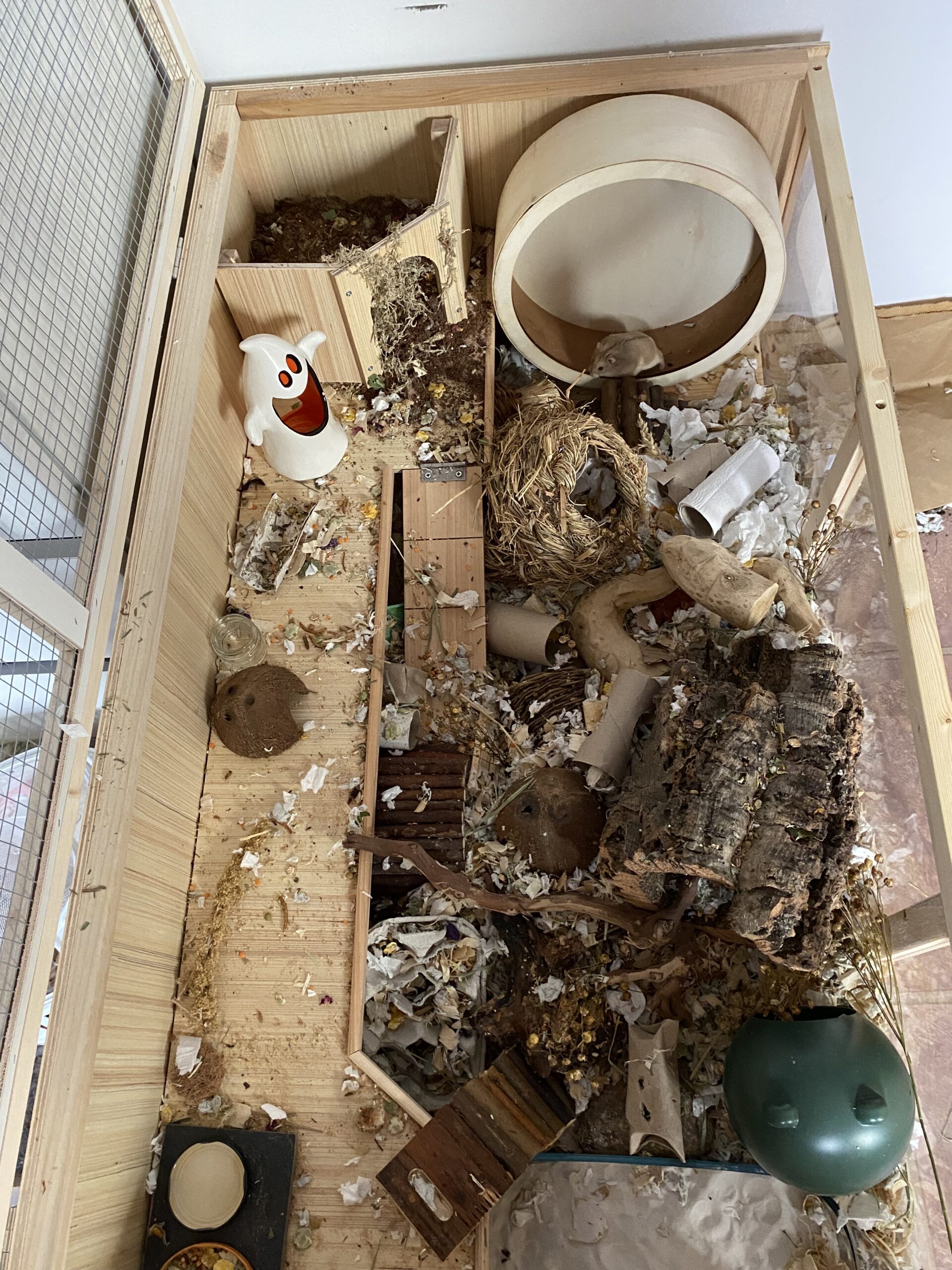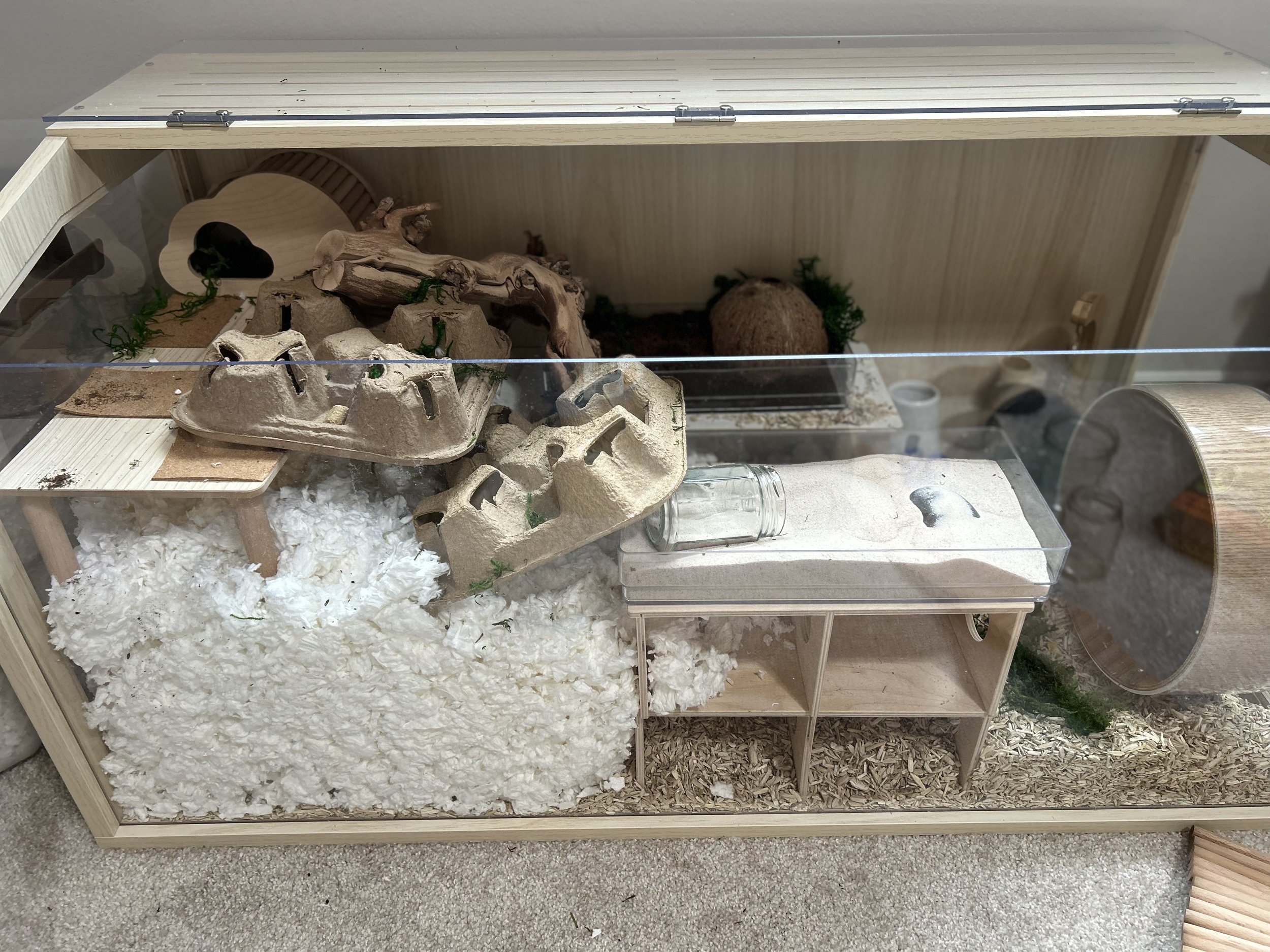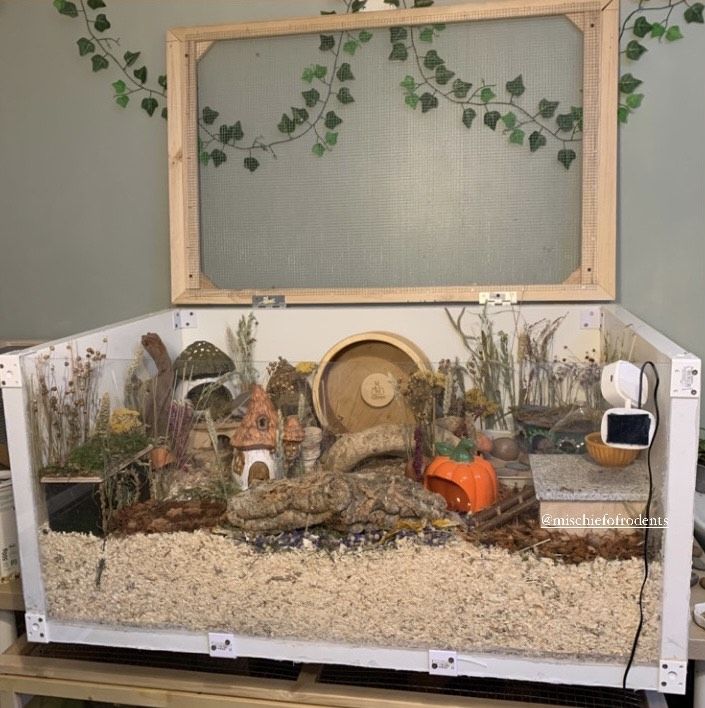hamsters are captivating, active, and affectionate small pets that can bring endless joy to their owners. Providing them with a suitable cage setup is essential for their well-being, ensuring they have the space, comfort, and stimulation they need to thrive. This comprehensive guide will delve into the various aspects of setting up a hamster cage, offering recommendations and insights to create an optimal environment for your furry companion.
Can a Hamster Eat a Strawberry?
Best Hamster Cage A Comprehensive Guide
Seemore: Can a Hamster Eat a Strawberry?
1. Choosing the Right Cage

The foundation of your hamster’s home is the cage. Selecting an appropriate cage is crucial for providing ample space, promoting physical activity, and preventing boredom. Consider the following factors when making your choice:
Size Matters
Hamsters require ample space to roam, play, exercise, and engage in natural behaviors. The minimum cage size recommended by animal welfare organizations is 24 inches long by 12 inches wide by 12 inches high (60 cm by 30 cm by 30 cm). However, larger cages are always better, allowing for more freedom of movement and enrichment opportunities.
When it comes to choosing the right size for your hamster’s cage, consider the type of hamster you have. Syrian hamsters, also known as golden hamsters, are larger and more active than dwarf hamsters. Therefore, they will require a bigger cage to accommodate their needs. As a general rule, aim for a cage that is at least twice the size of your hamster’s body length.
Bars vs. Solid Sides
Hamster cages typically come with either wire bars or solid sides. Wire bars provide better ventilation and allow for easy monitoring of your pet. However, they can be unsuitable for Syrian hamsters, as they may attempt to climb and injure themselves. For this reason, it is recommended to opt for a cage with solid sides for Syrian hamsters.
On the other hand, dwarf hamsters are more agile and can safely navigate wire bars. However, make sure that the spacing between the bars is not too wide to prevent your hamster from escaping or getting stuck.
Material and Durability
When choosing a cage for your hamster, consider the material and durability of the cage. Plastic cages may be cheaper, but they can easily be chewed through by hamsters, leading to potential escape or injury. Glass aquariums are also not recommended as they do not provide adequate ventilation.
The best material for a hamster cage is metal, such as stainless steel or powder-coated wire. These materials are sturdy, easy to clean, and provide proper ventilation for your hamster. Additionally, make sure that the cage has a secure latch or lock to prevent any accidental escapes.
2. Cage Setup and Accessories

Once you have chosen the right cage for your hamster, it’s time to set it up with all the necessary accessories. A well-equipped cage will not only provide comfort and stimulation for your pet but also make your life easier when it comes to cleaning and maintenance. Here are some essential items to include in your hamster’s cage setup:
Bedding
Bedding is an essential component of a hamster’s cage setup. It provides a soft and comfortable surface for your hamster to rest and burrow in. There are various types of bedding available, including wood shavings, paper-based bedding, and recycled paper pellets. Avoid using cedar or pine shavings as they can be harmful to your hamster’s respiratory system.
It is recommended to provide at least 2-3 inches of bedding in the cage, allowing your hamster to dig and create tunnels. Make sure to spot clean the bedding daily and completely change it once a week to maintain a clean and hygienic environment for your pet.
Hideouts and Tunnels
Hamsters are natural burrowers and love to have a safe and cozy place to retreat to. Providing hideouts and tunnels in their cage will not only fulfill their instinctual needs but also give them a sense of security. You can purchase pre-made hideouts or get creative and make your own using cardboard boxes or PVC pipes.
Make sure to provide multiple hideouts and tunnels throughout the cage to prevent any territorial disputes if you have more than one hamster. Additionally, avoid using plastic hideouts as they can be chewed through and potentially harm your pet.
Exercise Wheel
Hamsters are active creatures and require plenty of exercise to stay healthy and happy. An exercise wheel is a must-have accessory for any hamster cage setup. It allows your hamster to run and burn off excess energy, preventing boredom and potential health issues.
When choosing an exercise wheel, opt for a solid surface wheel rather than a wire one to prevent any injuries to your hamster’s feet. The wheel should also be large enough for your hamster to run comfortably without arching its back.
Food and Water Dispensers
Providing food and water dispensers in your hamster’s cage is essential for their well-being. These accessories not only keep their food and water clean but also prevent spillage and mess. Choose a water bottle with a metal spout rather than a plastic one to prevent chewing and leakage.
For food, it is recommended to use a ceramic or metal dish rather than a plastic one. Plastic dishes can easily be chewed through, and the sharp edges can cause harm to your hamster. Make sure to clean and refill the food and water dispensers daily to maintain proper hygiene.
3. Cage Placement and Environment

The location of your hamster’s cage plays a significant role in their overall well-being. Here are some factors to consider when deciding where to place your hamster’s cage:
- Temperature: Hamsters are sensitive to extreme temperatures, so it is essential to keep their cage in a room with a consistent temperature between 65-75°F (18-24°C). Avoid placing the cage near drafty areas or direct sunlight, as this can be harmful to your pet.
- Noise and Disturbances: Hamsters are nocturnal animals, meaning they are most active at night. Therefore, it is best to place their cage in a quiet area of your home to avoid any disturbances during their sleep.
- Lighting: Hamsters require a balance of light and darkness to maintain their natural sleep cycle. Place their cage in an area that receives natural daylight but not direct sunlight. Additionally, avoid using bright artificial lights in the room where their cage is located.
- Humidity: Hamsters thrive in a dry environment, so make sure to keep their cage away from areas with high humidity, such as bathrooms or laundry rooms.
4. Enrichment and Stimulation

Providing mental and physical stimulation is crucial for keeping your hamster happy and healthy. In the wild, hamsters have plenty of opportunities to explore, forage, and engage in natural behaviors. It is essential to replicate these activities in their cage to prevent boredom and promote overall well-being. Here are some ways to enrich your hamster’s environment:
Toys and Chews
Toys and chews are excellent tools for keeping your hamster mentally stimulated and preventing destructive behaviors. There are various types of toys and chews available, including wooden blocks, tunnels, and chew sticks. Make sure to rotate the toys and chews regularly to keep your hamster interested and engaged.
Avoid using plastic toys as they can easily be chewed through and potentially harm your pet. Additionally, make sure to check the toys and chews regularly for any signs of wear and tear and replace them if necessary.
Foraging Opportunities
In the wild, hamsters spend a significant amount of time foraging for food. You can replicate this natural behavior in their cage by providing foraging opportunities. Hide small amounts of food throughout the cage, such as seeds or dried vegetables, for your hamster to find and collect.
You can also create DIY foraging toys using paper tubes or egg cartons filled with treats. This not only provides mental stimulation but also encourages physical activity as your hamster searches for its food.
Exercise and Playtime
While hamsters are active creatures, they also need some time outside of their cage to stretch their legs and explore. Set up a playpen or use a large, enclosed area to allow your hamster to roam freely under supervision. Make sure to remove any potential hazards and provide plenty of toys and chews for your hamster to play with.
5. Cleaning and Maintenance

Maintaining a clean and hygienic environment is crucial for your hamster’s health and well-being. Here are some tips for cleaning and maintaining your hamster’s cage:
- Spot clean the bedding daily, removing any soiled areas and replacing them with fresh bedding.
- Completely change the bedding once a week, making sure to thoroughly clean and disinfect the cage and all accessories.
- Wash food and water dispensers daily with hot, soapy water.
- Clean and rotate toys and chews regularly to prevent any buildup of bacteria.
- Wipe down the cage bars and solid sides with a pet-safe disinfectant at least once a week.
- Make sure to dry all items thoroughly before placing them back in the cage to prevent any mold or bacteria growth.
6. Common Mistakes to Avoid

When setting up a hamster cage, there are some common mistakes that owners make that can be harmful to their pets. Here are a few things to avoid when creating an optimal environment for your hamster:
- Placing the cage in direct sunlight or near a heat source.
- Using cedar or pine shavings as bedding.
- Providing plastic toys or hideouts that can be chewed through.
- Using a wire exercise wheel with gaps or a metal bar across the middle.
- Not providing enough space or enrichment opportunities for your hamster.
Conclusion

Setting up a suitable cage for your hamster is essential for their well-being and happiness. By considering factors such as size, material, and accessories, you can create an optimal environment for your furry companion to thrive in. Remember to provide mental and physical stimulation, maintain proper hygiene, and avoid common mistakes to ensure your hamster’s health and happiness. With the right cage setup, your hamster will have a happy and fulfilling life as your beloved pet.

